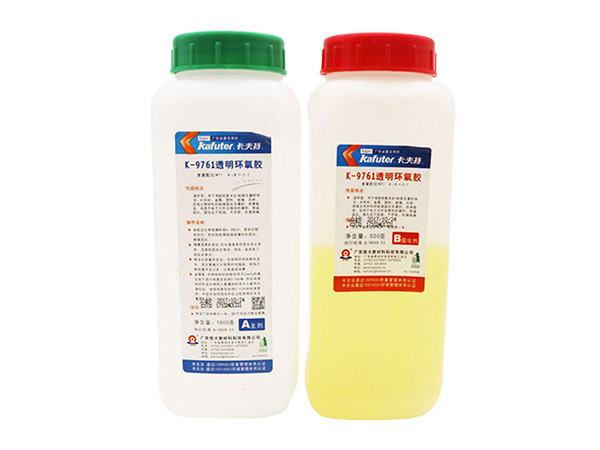Introduction to Silicone Rubber
Silicone rubber can maintain elasticity in a wide temperature range for a long time, no heat absorption, no heat release when vulcanized, and has excellent electrical properties and chemical stability, is the first choice of electronic and electrical assembly parts sealing material.
Room temperature vulcanization (RTV) silicone rubber can be divided into condensation type and addition type according to the vulcanization mechanism, and can be divided into one component type and two component type according to the packaging form. Condensed silicone rubber usually emits low molecular matter when vulcanized. Therefore, after sealing should be placed for a period of time, to be used after low molecular matter as far as possible volatilization. Plus molding RTV silicone rubber has excellent electrical strength and chemical stability, weather resistance, waterproof, moisture-proof, shockproof, non-corrosion and non-toxic, tasteless, easy perfusion, deep vulcanization, low shrinkage, simple operation, can be used for a long time at -65 ~ 200 ℃; But in the process of use should be careful not to contact with N, P and metal organic salt, otherwise the rubber can not vulcanize.
Basic Process Flow of silicone rubber potting
According to the different insulation treatment of electrical equipment, the sealing process can be divided into mold forming and non-mold forming two kinds; Mold forming is divided into general pouring and vacuum pouring. Vacuum perfusion is generally used when other conditions are the same. The general potting and sealing process is shown in the figure below.
Common Problems in Silicone rubber potting
Mold design, silicone rubber in use is a fluid, in order to not make the rubber into the leakage, causing rubber waste and pollution of the environment, the design of the mold is very key. Mold design generally to do the following points: easy to assemble, disassemble, demoulding; Tight coordination to prevent rubber material leakage; The underside of the support is smooth to ensure that the thickness of each part of the rubber layer is basically the same in the drying process, which is easy to control the height of the filling.
Bubbles, rubber mixed with bubbles, not only affect the appearance of the product quality, more important is to affect the electrical and mechanical properties of the product. For silicone rubber, because of good toughness, bubbles mainly affect the electrical properties of the product. The main causes of bubbles are: low molecular matter or volatile components produced during the reaction; Bubbles brought in by mechanical agitation; The moisture brought into the packing is not thoroughly dried; The gap between the two parts was not filled in. For the two - component silicone rubber, the rubber mixture must be fully stirred. Using vacuum drying oven for vacuum exhaust bubble treatment can improve the quality of adhesive layer, and improve the strength and toughness at the same time.
Adhesive and electronic devices, potting materials make electronic devices into a whole, so as to improve the seismic ability of electronic devices. In order to improve the bonding strength, in addition to the selection of adhesive material with good bonding performance, attention should also be paid to the workpiece cleaning, surface treatment and demoulding in the process of operation.

